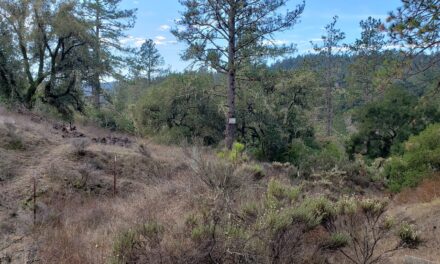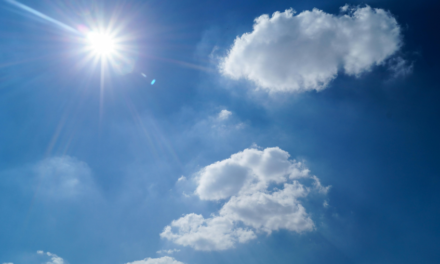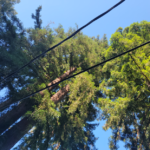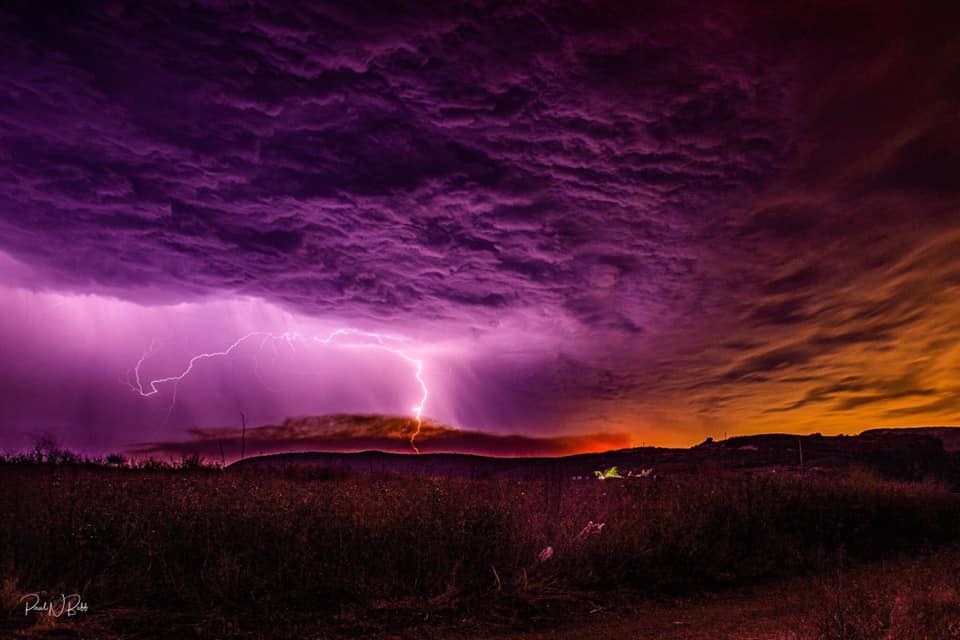
The SLV Water District Rate Hike: What Happened and Why?
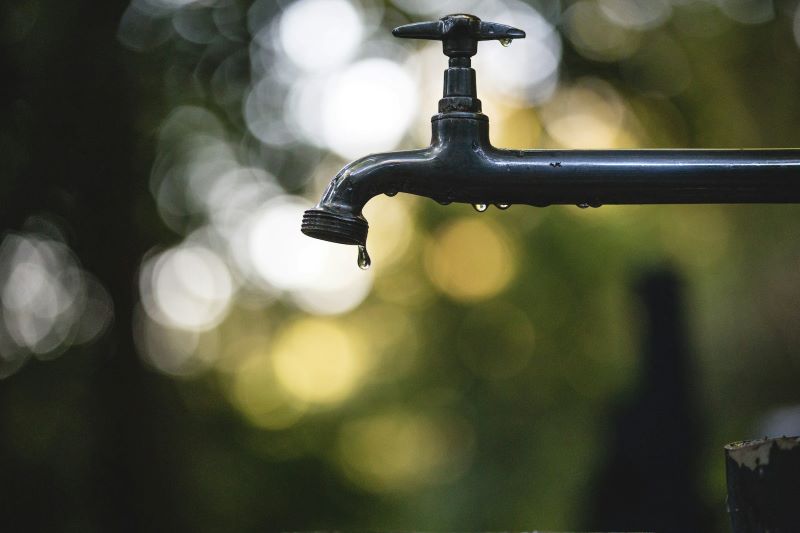
By Jim Mosher
Many ratepayers are upset with the steep increase in rates recently adopted by our SLV Water District. Concerned that the new rates have an out-sized impact on low-water-use ratepayers, a group is gathering signatures to qualify a “Fixed Charge Limitation Ordinance” for the November ballot that would limit the District’s ability to raise fixed charges.
As a former citizen member of the SLVWD Budget and Finance Committee, I was involved in the rate-setting process. I supported the new rate structure, including the large rate increase, but recognize that the District did not adequately explain its rationale to ratepayers, leading to confusion and misunderstanding. I hope to clarify the reasoning behind the process here.
How does the new rate structure affect low-water-use and high-water-use ratepayers?
The new rate structure for residential customers will increase the District’s revenues by 41 percent over its five year period. It has two key components:
(1) A substantial increase in fixed charges (from $45.01 to $65.36/month in year one, increasing to $75.08 in year five (including the $9.67 fire surcharge which sunsets in year three); and
(2) the adoption of tiered volumetric rates, which impose higher per gallon charges on heavy water users, benefiting low-volume users.
We previously paid $12.66 per unit of water (one unit equaling 748 gallons); now the rates are in three tiers, as follows for 2024: Tier 1 0-4 units: $8.69; Tier 2 5-8 units: $11.79; Tier 3 >8 units: $16.88. Rates for each tier will increase steadily through the five years (to $11.72, $15.91, and $22.26 respectively for the three tiers).
As shown in the adjoining table, the increase in the fixed rate and the decrease in the volumetric rate mostly offset each other for Tier 1 users over the five years, and heavy users will bear a much bigger share of the rate increase, particularly after the first year. In year one, for example, low volume users’ bills (those using 2 units/month all year) will increase about $12/month (from $70.33/month currently to $82.74/month) and high-volume users’ bills will increase by about an average of $56/month (assuming low usage in winter months, moderate use in spring and fall, and heavy use in summer). In year five, the figures are $27/month increase for low-volume users compared to about $150/month increase for high volume users. Of course, the steeply tiered rates may promote conservation among heavy users, which would lower their share of the costs.
Low-volume users will have a larger percentage increase in rates than heavy users in the early years because in the past their bills were substantially below the District’s costs to provide service. However, the low-volume users’ rate increase of about 40 percent over the five year period is roughly the same as the overall revenue rate increase of 41 percent, while heavy users will have a rate increase of about 52 percent. Moderate water users (using an average of 6 units of water/month) and smaller garden users will have the lowest percentage increases.
[Please note: I made these calculations based on publicly-available data. They have not been reviewed by the District itself. They are available on request.]
Why raise the fixed rates?
Approximately 90 percent of the District’s costs are fixed – the primary cost of delivering water to our homes is actually making the water available to us when we turn on the tap without regard to how much water we actually use. This is the case for most commodities and utilities, but particularly so for water in SLV, since we do not pay for the water we draw from streams and aquifers. The District’s costs involve the infrastructure and staff to make safe, reliable water available on demand. The proportion of the District’s costs recovered from the fixed portion of the monthly charges was only about 37%, well below the rate in most other water districts. This created serious financial instability for the District, since water use can vary so widely depending on the weather and conservation efforts by users. Upon reviewing these factors with the District’s staff and expert consultants, I and others involved in the process concluded that increasing the fixed charge was a high priority for the District. We advocated for tiered rates in part to offset the impact on low-volume users as well as to promote conservation.
Why is the rate increase so large?
As a member of the Budget and Finance Committee, I was startled by the financial status of the District and the huge gap between current revenues and anticipated expenses over the next five years – an average increase of about 8 percent per year for the five year period. Numerous factors are driving this: substantial repairs to infrastructure damaged during the CZU fire and recent floods and slides; long delays in receiving FEMA reimbursements (which do not cover all the costs); deferred maintenance and improvements; fire hardening; increased operating costs; and new regulatory costs, to name a few. A large loan is included in the planning to cover costs while awaiting FEMA reimbursement and to spread out the enormous costs of fire and storm recovery over many years rather than imposing them entirely on current customers.
Is the new rate structure inequitable because it adversely affects low-income ratepayers?
We don’t have data regarding how much water low-income residents use. For example, low-income families may be moderate water users so that the new rates are actually beneficial to them. Unfortunately, the District is legally prohibited from using income as a factor in determining rates. The best way to assist low-income ratepayers is through expanding the Ratepayer Assistance Program, which uses non-water rate revenues to provide credits for low-income residents.
Didn’t the District have better options for addressing its financial needs?
The District clearly had multiple options for addressing its financial needs and, having been part of the process, I anticipate that some mistakes were made during the lengthy, complex process. No doubt some cost savings could result from streamlining administrative and field operations, but the loss of senior staff in the middle of the process made such detailed planning impossible. In any case, the rate increase was based on smaller than historical rises in annual operational costs; it assumed there will be no increase in the number of employees and that costs will rise only with modest rates of inflation. Board members and citizen committee members, all volunteers, spent hundreds of hours reviewing the data and options for the District, working with staff and expert consultants. It was a thoughtful, lengthy, deliberative process, and no one stands to gain financially. We all operated in good faith, with the sole guiding principle being to protect the best interests of the valley and ratepayers. Four of the five board members approved the plan despite the likely controversy it would create.
I believe we all share a commitment to providing safe, affordable, and reliable water to residents while protecting our watershed and valley. We do not want to end up in the predicament faced by Big Basin Water Company customers. We should bear this common commitment in mind so that our dialogue and disagreements occur with respect and civility and are grounded as much as possible in facts and reasoned assumptions. For those who think they can do better, I encourage you to take the plunge, volunteer for a committee or run for the board, and dive into the complex, time-consuming, and often frustrating process.
Jim Mosher is a founder at Friends of San Lorenzo Valley Water, a local advocacy group. He is a Felton resident.
Featured photo by Luis Tosta
***
Have a story or opinion to share? The San Lorenzo Valley Post welcomes your Santa Cruz Mountains news, story ideas, photos, and letters. Send us an email.
Sign up for our newsletter to stay connected to news and events in the Santa Cruz Mountains.

